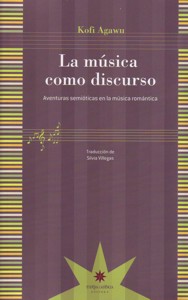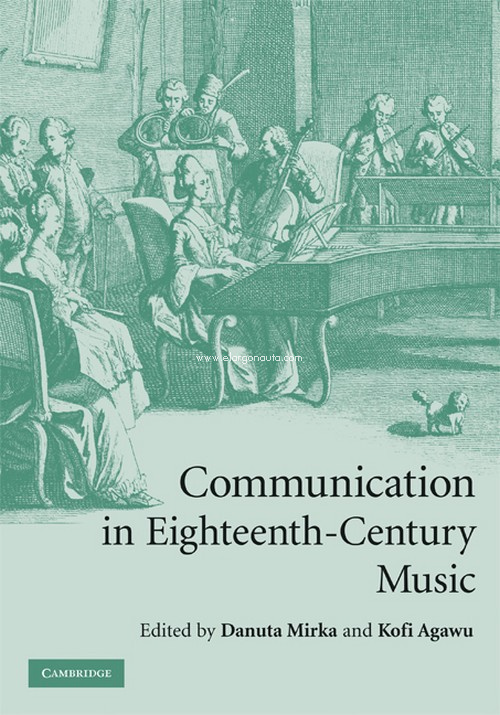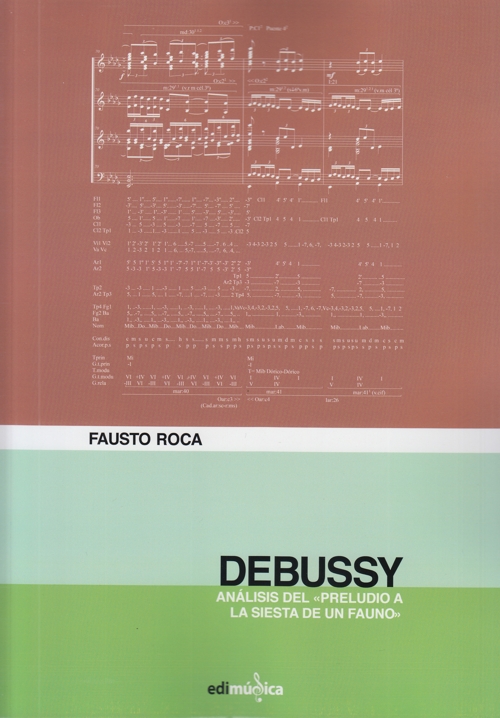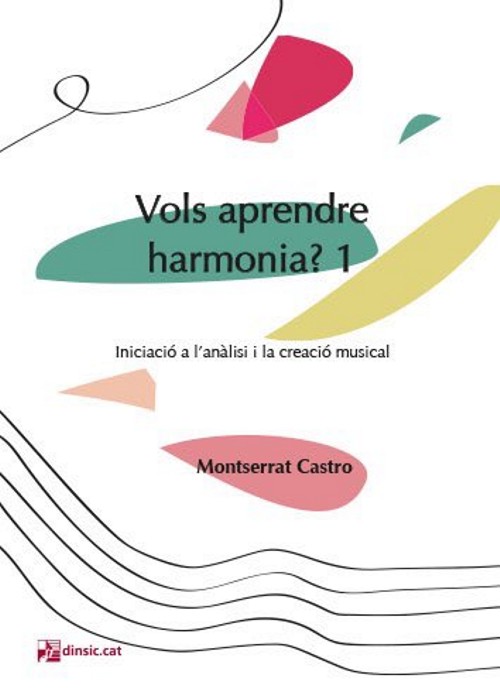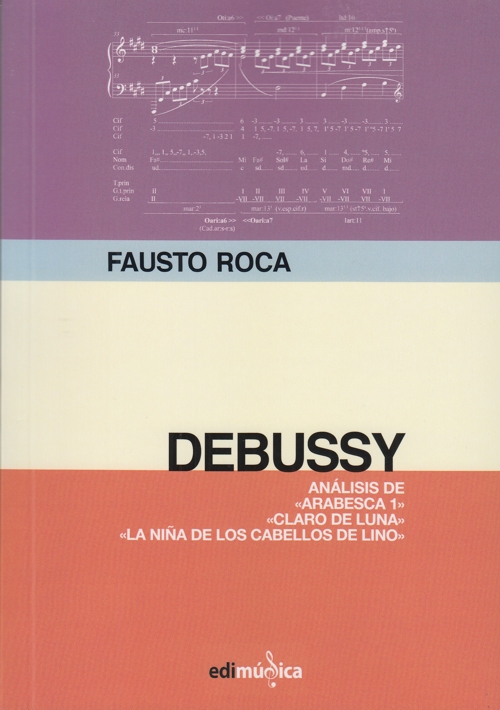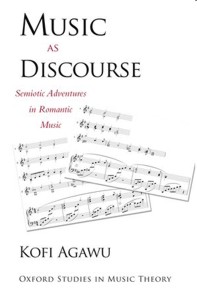
Music as Discourse. Semiotic Adventures in Romantic Music
Agawu, Kofi
Oxford University Press. 2014Ficha técnica
- EAN: 9780190206406
- ISBN: 978-0-19-020640-6
- Editorial: Oxford University Press
- Fecha de edición: 2014
- Encuadernación: Rústica
- Dimensiones: 15x23
- Idioma: Inglés
- Nº páginas: 352
Impresión bajo demanda
Disponibilidad sujeta a la información del editorPVP. 67,90€
Añadir a la Lista de deseos
First edition in paperback.
- Demonstrates a possible interface between semiotics music theory
- Approaches the subject of musical meaning from within technical views of musical structure
- Accessible to readers with a less advanced background in music theory
The question of whether music has meaning has been the subject of sustained debate ever since music became a subject of academic inquiry. Is music a language? Does it communicate specific ideas and emotions? What does music mean, and how does this meaning occur?
Kofi Agawu's Music as Discourse has become a standard and definitive work in musical semiotics. Working at the nexus of musicology, ethnomusicology, and music philosophy and aesthetics, Agawu presents a synthetic and innovative approach to musical meaning which argues deftly for the thinking of music as a discourse in itself?composed not only of sequences of gestures, phrases, or progressions, but rather also of the very philosophical and linguistic props that enable the analytical formulations made about music as an object of study. The book provides extensive demonstration of the pertinence of a semiological approach to understanding the fully-freighted language of romantic music, stresses the importance of a generative approach to tonal understanding, and provides further insight into the analogy between music and language. Music as Discourse is an essential read for all who are interested in the theory, analysis and semiotics of music of the romantic period.
CONTENIDO:
Introduction
- Part I
Theory
1. Music as Language
2. Criteria for Analysis I
3. Criteria for Analysis II
4. Bridges to Free Composition
5. Paradigmatic Analysis
- Part II
Analyses
6. Liszt, Orpheus (1853-1854)
7. Brahms, Intermezzo in E Minor, op. 119, no. 2 (1893), and Symphony no. 1/ii (1872-1879)
8. Mahler, Symphony no. 9/i (1908-1909)
9. Beethoven, String Quartet, op. 130/i (1825-1826), and Stravinsky, Symphonies of Wind Instruments (1920)
Epilogue
Bibliography
Index



